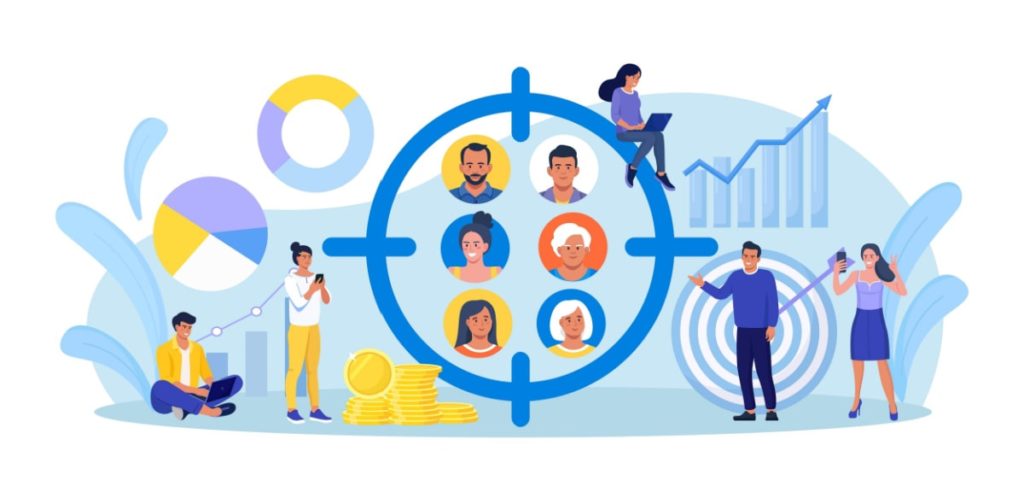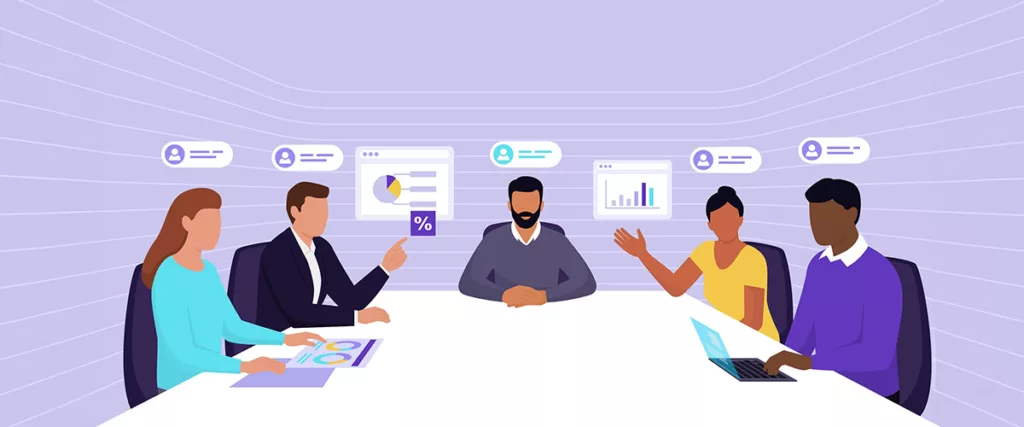Why should you strive to retain all your customers? Some, like the notorious Steve Rothstein, cost American Airlines millions. In general, companies need to think more about the relevance of their loyalty strategies. In this article, I look at detecting unprofitable customers and the strategies you can implement to eliminate them.
Contact IntoTheMinds for your marketing projects

What is an unprofitable customer?
An unprofitable customer is a customer who generates abnormally excessive costs in relation to the sales they bring in for the company.
The term “unprofitable” is a misnomer, implying that costs are higher than revenues. This is rarely the case. The correct term would be “less profitable.”
It’s up to each company to determine the minimum break-even point to decide what is or isn’t acceptable in terms of profitability.
8 methods for identifying unprofitable customers
Identifying unprofitable customers can be conducted in several ways. The choice of the most appropriate approach will be conducted based on the following factors:
- Your company’s degree of marketing and financial sophistication
- The company’s objectives.
Here are 8 possible methodological approaches to detecting unprofitable (or less profitable😉)
1. Cost-benefit analysis
Use a cost-benefit analysis to assess the profitability of each customer. This involves calculating the total revenue generated by the customer and subtracting it from the total costs associated with that customer, including production, service, marketing, and sales costs. Technically, the most accurate approach is Activity-Based Costing (ABC). Activity-based costing makes it possible to reduce all related activities to a single customer and avoids distributing structure costs (overheads) evenly across all customers.
2. Customer segmentation
Segment your customer base according to purchase volume, purchase frequency, type of product or service purchased, and service cost. Thanks to this segmentation, you can identify the most important customers and analyze their profitability more closely. Remember that a general segmentation such as RFM (Recency – Frequency – Amount) does not a priori prejudge the profitability of all customers belonging to the same segment. There may be variations, especially in environments with a strong service component (see also points 5 and 7).
3. ABC Segmentation
This is a simplified segmentation method. It classifies customers into three categories (A, B, C) according to their value to the company. A” customers are the most valuable, while “C” customers are the least profitable. This analysis helps to focus efforts on the most profitable customers.
4. Customer Lifecycle Analysis
Assess the profitability of customers throughout their lengthy lifecycle with your company. Some customers may start as unprofitable but become profitable over time through repeat purchases or an increase in the value of purchases. This type of analysis is best coupled with segmenting your customer portfolio. This will enable you to determine ideal “customer experiences” and define what to propose to conduct customers upmarket and improve their profitability. It’s an internal customer experience.
5. Monitor service costs
Monitor customer service costs, including technical support, product returns, and personalized requests. Customers requiring an elevated level of service without generating corresponding revenue may be considered unprofitable.
6. Analysis of discounts and special conditions
Examine discounts, special offers, and payment terms granted to customers. Customers with large discounts or very flexible payment terms may affect profitability.
7. Feedback and direct interaction
Sometimes, direct feedback from customer-facing teams (sales, customer service) can provide valuable insights into which customers consume disproportionate resources. The idea is to identify difficult customers.
8. Analysis of late and outstanding payments
Customers with frequent overdue payments or non-payments can also be considered unprofitable due to the administrative and financial costs of managing their accounts. As they represent a risk (non-payment) and cost money (increased working capital requirements, which may be problematic in the event of a cash shortage), they could be subject to a ban.

Techniques for eliminating unprofitable customers
The best way to avoid money-losing customers is, of course, to avoid attracting them. They must not become customers. But whatever your company, you will always be confronted with difficult customers at some point.
Here are 5 approaches to eliminating unprofitable customers.
Rewarding good behavior
The first technique is nudging. It would help if you rewarded good behavior to start a virtuous circle. Put another way, this means penalizing the behaviors that cost the company the most. From a marketing point of view, acceptance will be much higher if you reward rather than punish.
Increasing relationship costs
Lower quality of service, fewer or more advantages; create unfavorable conditions for the customers you want to get rid of and cross your fingers that they leave. It will not have escaped you that this trend is widespread and that companies tend to make it increasingly difficult to access a human adviser. Hidden telephone numbers, endless telephone menus, 100% online customer experience …. The big companies have already prioritized eliminating human contact to cut costs.
Create the right product
An unprofitable customer can also motivate innovation to create a new product range. At IntoTheMinds, our cost structure doesn’t allow us to conduct €5,000 market research with project leaders. We’d lose money. Rather than not serving this customer segment, we could conduct a business opportunity and develop a less personalized, more automated service for these customers.
Gently inform the customer of the situation
If the first measures don’t bear fruit, we’ll have to get more direct with our customers. In B2B, it’s acceptable to call a meeting with a customer to conduct a status review. Make sure the customer understands your position. This type of meeting is a good thing. Sometimes, lack of profitability is simply the result of a misunderstanding of the “rules of the game.”
Ending the relationship
This is the most extreme measure and should only be taken as a last resort. Throughout this blog, we’ve presented numerous examples of such dropout strategies: American Airlines trying to eliminate its least profitable customer or operator Sprint sending letters to hundreds of unprofitable customers. Other examples certainly exist.

Finally, analyze and anticipate the potential consequences of customer dropout
If you decide to actively terminate the relationship with some of your customers, beware of the consequences. You won’t lose any money (these customers were already unprofitable), but the negative word-of-mouth they might spread could have indirect negative consequences for your company.
Posted in Misc..
